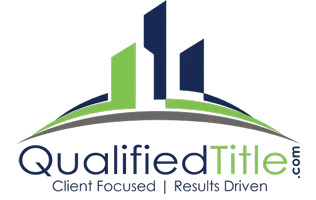Mortgage Lender
When a buyer makes an offer on a property, he or she will apply for a mortgage loan through a bank, mortgage company, credit union, or other lending institution. Although the seller likely won’t have contact with the finance source, the way a buyer plans to pay for your home can affect whether the sale happens or falls apart.
Financing Terms
This part of the purchase contract spells out how much of a down payment the buyer plans to pay and the mortgage loan terms (interest rate, points, length of loan) the buyer hopes to receive from the lender.
Smooth Sale-ing
How can you know if the buyer will get the loan, thus smoothing the way toward the sale of your home? An on-the-ball buyer will become “pre-qualified” for a loan or, better yet, “pre-approved.” There’s a difference:
- Pre-qualifying simply entails speaking with a lender, who, based on asking some questions about the buyer’s personal finances, offers an opinion of the loan amount the buyer is eligible to borrow. The lender doesn’t ask for any supporting documentation to confirm what the buyer says, and may decide later not to grant the loan. There’s no charge for pre-qualification.
- Pre-approval is a more complex process, and sometimes involves a fee. The lender requests volumes of information about a buyer’s employment, income, and debts to prove that he or she is a good risk.
- Note: A lender’s pre-approval letter should carry more weight than a pre-qualification letter. It’s proof of the buyer’s buying power on paper, which may very well influence your decision if you’re choosing among several offers.
For more helpful information, visit the CFPB’s website site:
